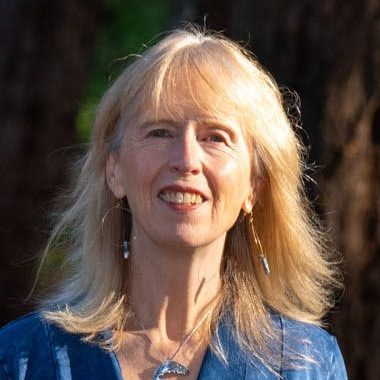Electric School Buses: The Surprising Gamechangers
Good news can be hard to find as climate change advances. But the rise of electric school buses (ESBs) is good news for reasons most of us have never considered. This talk describes the surprising potential of electric school buses to build energy independence and improve people’s lives, whether we are young or old, parents or childless, white or people of color, urban or rural, by tackling multiple problems with one solution.
Session Description
Good news can be hard to find as climate change advances. But the rise of electric school buses (ESBs) is good news for reasons most of us have never considered. This talk describes the surprising potential of electric school buses to build energy independence and improve people’s lives, whether we are young or old, parents or childless, white or people of color, urban or rural.
The roots of ESBs’ potential lies in a seldom-discussed problem.
We in the U.S. have an outdated electrical grid built more than a century ago for a population a fraction of our current size. When we all use electricity at the same time, power outages are the increasing result. We need extra energy at those key times. And our electric grid was never built for the extreme weather events now hitting us: gale-force hurricanes, flooding, heat waves, wildfires and storms. These cause great destruction, especially to the most vulnerable. When extreme weather knocks portions of the grid out for many hours or days at a time, we need community resilience centers we can retreat to that have reliable electricity. These centers can cool us in triple digit temperatures or warm us in sub-freezing ones. They can charge our phones and medical devices, provide hot food and comfort, and see us through the crisis. Hold that thought!
Meanwhile, yellow school buses, almost half a million of them, drive around our towns and neighborhoods, taking students to and from school, making public education possible. They also have a long history of serving their wider communities in times of crisis. Sadly, though, most school buses run on diesel, emitting exhaust that is toxic, a known carcinogen, especially to our children. It’s also toxic to our shared climate. In contrast, ESBs, while more costly than diesel buses to buy, have zero emissions and are less costly than diesel buses to fuel and maintain. 3,000 ESBs are already operating in 40 states, and that number will soon double.
Unique among vehicle classes, school buses sit idle 18 hours per weekday, including in the evening, when we use the most energy. And they sit idle about 185 days per year. These solid workhorses are basically waiting to be of greater service.
Here’s how that’s already starting to happen in pilot projects nationwide: ESBS are discharging energy from their massive battery packs back into the electric grid at peak use times. This can prevent power outages. Similarly, in extreme weather events they can discharge their stored electricity into a building, powering the community resilience centers mentioned earlier. Local solar power, the cheapest form of energy to build, is an optional element; it can steadily refuel the ESBs to create an ongoing loop of energy independence, keeping resilience centers going for extended periods.
ESBs can improve public health and reduce the emissions driving climate change, while making us resilient against its impacts. It’s more than a figure of speech to note that electric school buses contain the power to improve our lives.
About Your Speaker
Alison Wiley, an Oregonian, is the founder of the Electric School Bus Newsletter, and is on a mission of electric school bus adoption, equity and inclusion. Wiley knows her line of work is a head-scratcher that most people have never heard of, and she happily speaks to its (great!) relevance without oversharing or being boring.
A writer and consultant, she has worked in low-carbon transportation since 2006, focusing on electric buses since 2016. Wiley holds a B.A. in Sociology from Wake Forest University and an M.S. in Counseling Psychology from California State University, Fullerton.

